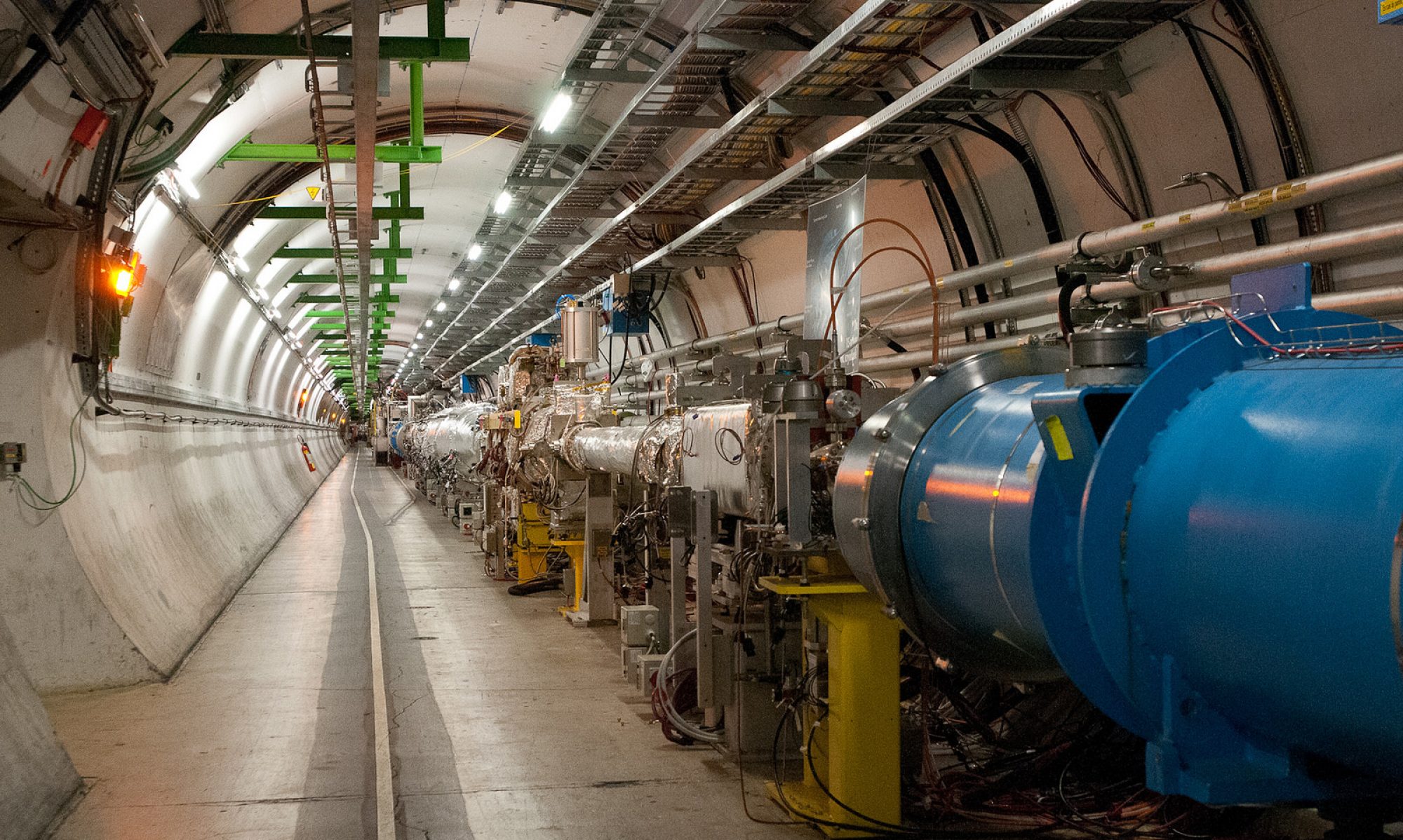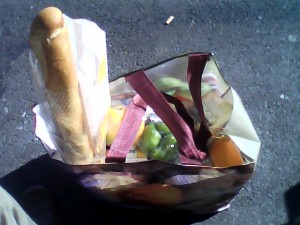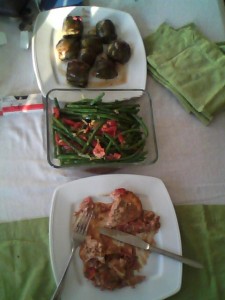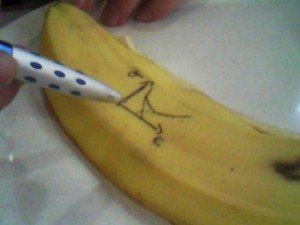The following were originally published on the SMU CERN blog (http://blog.smu.edu/smucern/) [1] [2] and are re-printed here because I am the author. 🙂
Particle physics is not about traveling, although you tend to travel a lot in this business. It is not about speaking foreign languages or learning foreign customs, although collaboration with colleagues across the globe necessitates both. It is not about playing with technology and developing software, although the field would make no progress without both. At its heart, particle physics is simply about uncovering fundamental knowledge about the composition and behavior of the cosmos. Pursuit of this goal, knowledge for the sake of knowledge, demands travel and French and hadron colliders; it also demands excitement, commitment, and sometimes its own brand of suffering.
I write this as I am sitting on a United flight from Dallas to Washington D.C., in preparation for the second leg of my journey from Washington to Geneva, Switzerland [*]. It is summer, perhaps the most active time for physicists on the Large Hadron Collider (LHC) at the CERN laboratory. The LHC is, at its heart, something like a time machine and microscope all rolled into a single, 17-mile underground tunnel. It is a time machine in the sense that it recreates an energy that we believe has not been common in the universe since a billionth of a second after the Big Bang, the mysterious event that initiated our universe. It is a microscope in the sense that protons are really, quite fundamentally, waves and not particles. As such, when accelerated around the 17-mile tunnel at a speed tantalizingly close to that of light they achieve incredibly small wavelengths. Just like the hundred-nanometer wavelengths of visible light allow us to perceive very tiny structures, the even smaller wavelengths of high-energy protons give us the ability to discern the kinds of incredibly subatomic phenomena that were present just after the Big Bang.
Summer (circa July) is one of the two busiest times of the year for particle physics, the other being winter (circa March). The reason these are so busy is that they are punctuated by major conferences, the showcase for new results. Particle physicists of every breeding – experimental, phenomenological, and theoretical alike – brace for the impact of new results, or prime their own work for unveiling. Science is a discipline, but one which works atop a kind of unpredictable liberty of exploration and discovery; one never knows what news will come from a conference, but all are prepared to both receive and criticize it.
This summer is my own brand of busy, both because of what I said above – it’s time to buckle down and get super-serious in time for conferences – but also because my teaching responsibilities are on pause until the fall semester and I have a research group to build. A faculty member pursuing research as well as teaching often, when possible, takes on both students and post-doctoral researchers. This summer, I am graced by one of each: a new post-doctoral researcher who, like me, is just beginning their life on the LHC; and a graduate student who just finished her first year and is eager for a summer of research on the LHC. Building and running a research group, even within our larger SMU LHC effort, means not only being deeply invested in the research itself, but also being invested in supporting the research environment. A professor’s job is to cultivate talent, encourage the pursuit of ideas, and focus multiple lines of effort. A professor’s job is also to rattle the cage every now and then, to stir the mind to tangential thoughts, and to make sure that each member of the research team is content in the enterprise (especially when the research gets tough).
France and Switzerland, which the CERN laboratory straddles, present their own unique challenges to the research environment. While CERN itself is a vibrant and healthy academic and research environment, there are a thousand little things that a non-European has to know when pursuing a summer of work at CERN. First and foremost, a little French can get you a long way, even if only as a polite means to try to instigate a conversation in English. Second, don’t expect a 24-hour culture like in the U.S. Stores tend to close every day by 6:30 p.m. (except for “extended” shopping hours on Thursday, which run to 7:30 p.m.) and are typically closed on Sunday. Public transportation is great on the Swiss side, but not so great on the French side; however, the quality of life and ease of finding an apartment is generally better on the French than the Swiss side (the bureaucracies are also strikingly different, and far more strict on the Swiss side). If you’re on shift on an experiment, and your shifts begin at 7am (like on my experiment, ATLAS), be forewarned that the CERN cafeteria doesn’t open until 7 a.m. so you’ll need alternative breakfast plans. Office space is at a premium at CERN; if you don’t know somebody who can help out, you need to appeal to experimental support organizations who can get you a temporary desk (for a couple of weeks).
On the other hand, the relaxed food culture is great when you just want a low-pressure night out enjoying some delicious European fare with colleagues. Most work gets done over coffee (espresso, really, but they call it “coffee”) in the CERN cafeteria, or in any of the dozens of smaller cafes sprinkled across the site (there is a particularly nice one in the CMS office buildings). Blowing 15 or 30 minutes shooting the breeze with a colleague over a hot cup of <em>cafe au lait</em> will often solve more problems than hours of keyboard banging and cursing. Be prepared to relax, but punctuate that with periods of intense devotion to a problem (or problems). Above all, be ready to collaborate. In experiments the size of ATLAS and CMS (3000 people each), you can hang together or hang separately (to paraphrase Ben Franklin).
I was once a summer student at CERN. It was my first experience outside of the United States. It was overwhelming and exhilarating. I have never forgotten the sweet, flowery aroma of the Geneva countryside in summer, nor the intense intellectual struggle at CERN, nor the equally intense struggle of ordering food without knowing a lot of French. Now I am a professor at CERN, trying to remember and pass on everything I learned that first summer in Geneva so that the members of our research group can, instead, make new mistakes. After all, how are we going to create new knowledge if we don’t learn to stumble in new ways?
[*] Author’s note: the connecting flight to Geneva was delayed 3 hours due to technical problems. We sat on the tarmac for over an hour before they unloaded the passengers and luggage and placed us on a second plane. This falls under “own brand of suffering”!
Normally, when I wake up in Dallas and get to the point of processing my e-mail, I have 70-100 messages to deal with. That’s because CERN is 7 hours ahead of Dallas, so by the time I wake up half of their work day is done.
Now that I have traveled 7 hours “into the future” by coming to CERN, it is a pleasing side-effect that as I go to process my e-mail, I have only 22 messages. Most of these are automated, from electronic logbook posts (for instance), and so we have the first benefit of coming to CERN: forward time travel has made my inbox smaller.
Hmm. I wonder if e-mail contracts as you travel east on a plane, just as space contracts as you approach the speed of light? Or maybe it’s just that distance from CERN increasingly warps the size of your inbox . . .
[1] http://blog.smu.edu/smucern/2010/06/stumbling_upon_cern.html
[2] http://blog.smu.edu/smucern/2010/06/on_the_theory_of_email_contrac.html





